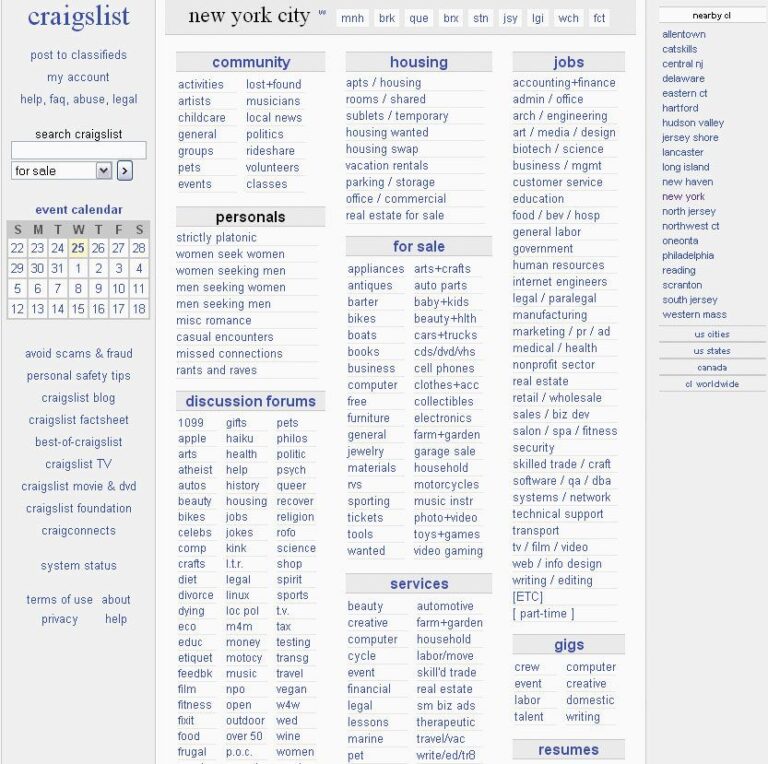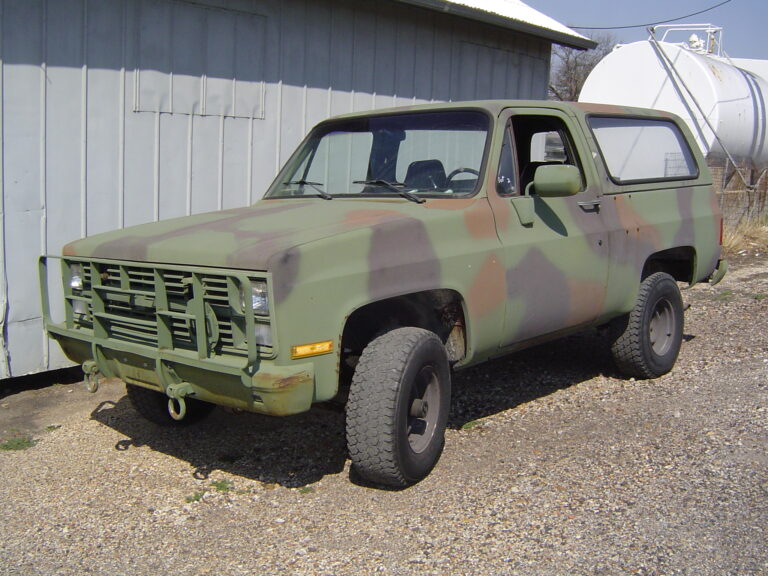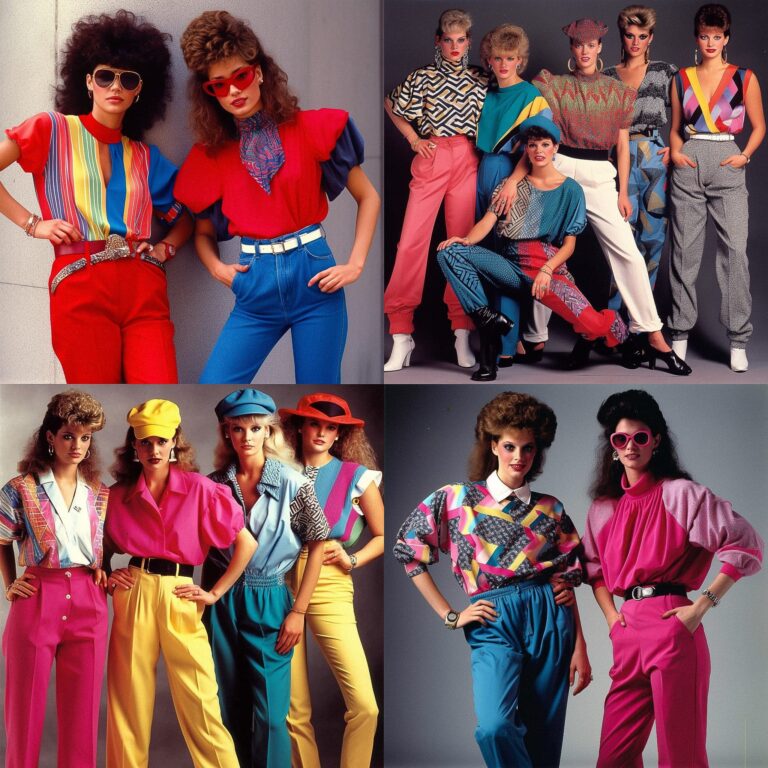Ram 5th Gen Canopy: Will It Fit What Other Trucks? A Comprehensive Guide
Ram 5th Gen Canopy: Will It Fit What Other Trucks? A Comprehensive Guide cars.truckstrend.com
The allure of a truck canopy is undeniable for many pickup owners. It transforms the open bed into a secure, weather-resistant storage area, perfect for tools, camping gear, or simply keeping valuables out of sight. Ram’s 5th generation trucks, known for their rugged capability and refined interiors, also offer equally robust and aesthetically pleasing canopies. But what if you own a different make or model of truck and have come across a great deal on a Ram 5th Gen canopy, or simply prefer its design? The question inevitably arises: Will a Ram 5th Gen canopy fit other trucks?
This article delves deep into the complexities of truck canopy compatibility, specifically addressing the Ram 5th Gen canopy. We’ll explore the factors that govern fitment, identify which trucks might be potential candidates for adaptation, discuss the challenges involved, and provide practical advice for anyone considering such a cross-fit endeavor.
Ram 5th Gen Canopy: Will It Fit What Other Trucks? A Comprehensive Guide
Understanding the Ram 5th Gen Canopy: Designed for Precision
Before exploring compatibility, it’s crucial to understand that truck canopies, also known as truck caps or toppers, are generally designed with a high degree of precision for specific truck models and bed lengths. A Ram 5th Gen canopy, whether from an OEM supplier or an aftermarket manufacturer like ARE, Leer, or SnugTop, is meticulously engineered to mate seamlessly with the contours, dimensions, and bed rail profiles of a Ram 1500 (5th Generation, 2019-present).
Key design considerations for a Ram 5th Gen canopy include:
- Bed Length: Ram 1500s typically come with a 5’7" (short bed) or 6’4" (long bed) option. The canopy is built to match one of these exact lengths.
- Bed Width: The width of the bed rails, both at the bulkhead (cab end) and the tailgate end, is precise.
- Bed Rail Profile: The top surface of the bed rails, where the canopy sits and clamps, has a specific shape and height relative to the rest of the truck.
- Tailgate Clearance: The rear opening of the canopy is designed to clear the Ram’s tailgate perfectly when closed, and often allows for the tailgate to open without interference.
- Cab Contours: While less critical for fitment on other trucks, the front of the canopy is often designed to visually align with the Ram’s cab lines.
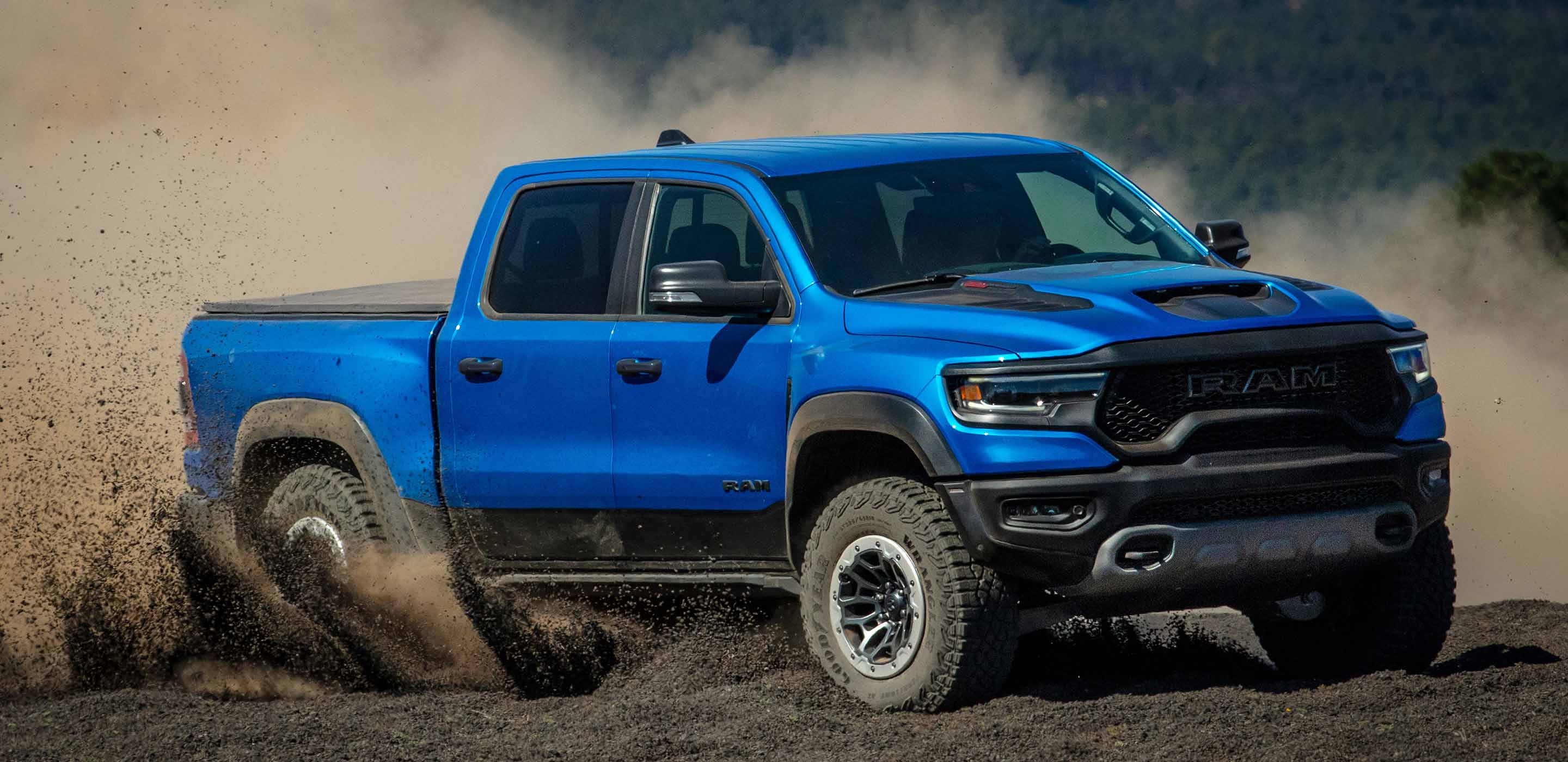
This model-specific design is what makes universal fitment a significant challenge.
The Challenge of Universal Fitment: A Tale of Inches and Contours
The notion of a "universal" truck canopy is largely a myth. Unlike some accessories, canopies are highly dependent on exact dimensions. Even seemingly minor differences of an inch or less in bed width, length, or rail height can lead to significant problems:
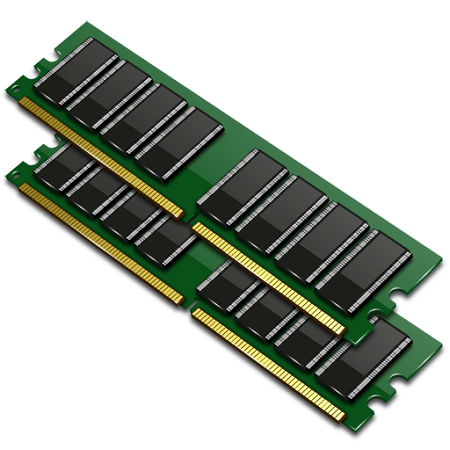
- Improper Sealing: Gaps between the canopy and bed rails will allow water, dust, and debris to enter the bed, defeating the primary purpose of a canopy.
- Structural Integrity Issues: If the canopy doesn’t sit evenly or clamp securely, it can be unstable, vibrate excessively, or even shift during transit, posing a safety risk.
- Aesthetic Mismatch: A canopy that doesn’t align properly with the truck’s lines will look awkward and out of place.
- Tailgate Interference: If the canopy’s rear opening isn’t sized correctly, the tailgate might not close, or it might rub against the canopy, causing damage to both.
- Clamping Difficulties: The internal lip of the bed rails, where clamps attach, varies between manufacturers. A Ram canopy’s clamps might not properly engage another truck’s rails.

Key Dimensions for Compatibility: Measure Twice, Adapt Once
To assess the potential for cross-fitment, meticulous measurement is paramount. Here are the critical dimensions you need to compare between the Ram 5th Gen and your target truck:
- Bed Length (Inside Top Edge): Measure from the inside of the bulkhead to the inside of the tailgate. This must match the canopy’s length.
- Bed Width (Inside Top Edge, Front and Rear): Measure the inside width of the bed rails at the bulkhead and at the tailgate. Trucks can taper slightly.
- Bed Width (Outside Top Edge, Front and Rear): Measure the outside width of the bed rails. This dictates how much overhang or gap there will be.
- Bed Rail Height: Measure from the bed floor to the top of the bed rail. This affects how high the canopy sits relative to the cab and the overall visual.
- Bed Rail Profile: Observe the shape of the rail – flat, rounded, with integrated caps, etc. This impacts how the canopy seals and clamps.
- Tailgate Opening Dimensions: The height and width of the tailgate opening are crucial for the canopy’s rear door to clear.
- Bulkhead Angle/Contour: The front of the bed where it meets the cab can have a slight curve or angle that the canopy is designed to match.
Ram 5th Gen (Illustrative Average Dimensions – Always Measure Your Specific Truck!):
- 5’7" Bed: Approx. 67.4 inches (length), 66.4 inches (max width outside rails), 60.3 inches (inside width).
- 6’4" Bed: Approx. 76.3 inches (length), 66.4 inches (max width outside rails), 60.3 inches (inside width).
- Bed Rail Height: Varies slightly but generally around 20-22 inches from the bed floor.
Direct Compatibility: A Needle in a Haystack
True, direct, "bolt-on" compatibility of a Ram 5th Gen canopy with another truck is exceptionally rare, if not impossible. Truck manufacturers guard their proprietary designs closely, and even slight model year changes can alter bed dimensions. While some trucks might share similar overall bed lengths, the widths, rail profiles, and tailgate designs are almost certainly different enough to prevent a perfect fit.
Near Compatibility and Adaptations: Where Hope Lies (with Effort)
While a perfect fit is unlikely, a "near fit" is sometimes achievable, particularly with other full-size, domestic trucks. This involves using shims, spacers, custom weather stripping, and potentially different clamping mechanisms. The goal is to bridge small gaps and ensure a secure, weatherproof seal.
Trucks Most Likely to Be "Near Compatible" (Requires Adaptation):
- Ford F-150 (Current Generations): Ford’s F-150 is the Ram’s direct competitor. While their bed dimensions are not identical, they are often in a similar ballpark for width and length. Differences in bed rail height, contour, and tailgate designs will require significant attention. You might need:
- Custom Gaskets/Weather Stripping: To seal gaps where the canopy meets the Ford’s bed rails.
- Shims/Spacers: To level the canopy or raise it slightly if the Ford’s rails are lower.
- Modified Clamping System: Ram clamps may not work well with Ford’s rail lip.
- Chevrolet Silverado/GMC Sierra (Current Generations): Similar to the F-150, GM’s full-size trucks are direct competitors and might have bed dimensions that are "close enough" for adaptation. Again, expect differences in rail profile, height, and tailgate clearance. The same types of adaptations (gaskets, shims, clamping solutions) would likely be necessary.
Why these trucks? They are full-size, designed for similar hauling capacities, and often target the same customer base, leading to some broad similarities in overall vehicle footprint, even if the specifics of the truck bed differ.
Trucks Least Likely to Be Compatible (High Effort/Impractical):
- Mid-Size Trucks (Toyota Tacoma, Chevy Colorado/GMC Canyon, Ford Ranger, Jeep Gladiator): These trucks have significantly smaller beds in both length and width. A Ram 5th Gen canopy would be far too large and wide.
- Older Generation Trucks (e.g., Ram 4th Gen, older F-150/Silverado): Even within the same manufacturer, bed designs change between generations. A 5th Gen Ram canopy is unlikely to fit a 4th Gen Ram perfectly due to subtle changes in bed rail design, width, or length.
- Other Full-Size Trucks (Toyota Tundra, Nissan Titan): While full-size, their design philosophies, especially concerning bed and tailgate designs, can differ significantly from domestic trucks, making adaptation very challenging and often aesthetically unpleasing.
Installation Considerations and Practical Advice
Attempting to fit a Ram 5th Gen canopy on another truck requires careful planning and execution:
- Measure Everything, Multiple Times: This cannot be stressed enough. Use a reliable tape measure and record all dimensions meticulously.
- Test Fit (If Possible): Before purchasing or making permanent modifications, if you can, physically place the canopy on the other truck to identify immediate clearance issues or large gaps.
- Focus on Sealing: Water and dust ingress are the biggest enemies. Invest in high-quality, closed-cell foam weather stripping, rubber gaskets, and silicone sealant. Pay attention to the front bulkhead, sides, and especially the tailgate area.
- Secure Clamping: The canopy must be securely clamped to the bed rails. If the original Ram clamps don’t work, you may need to source universal clamps or fabricate custom brackets. Ensure they distribute weight evenly and don’t damage the bed rails.
- Electrical Connections: Canopies often have an interior light and a third brake light. You’ll need to splice into your truck’s wiring harness for these to function. Ensure proper wiring and fusing.
- Aesthetics vs. Function: Be realistic about the final appearance. A "near fit" might function well but may not look as integrated as a custom-fitted canopy.
- Professional Help: For significant modifications or if you’re unsure, consult with a custom fabrication shop or an experienced truck accessory installer. They can offer advice, perform modifications, and ensure a safe and secure installation.
- Resale Value: A modified, cross-fit canopy may have little to no resale value if you decide to sell it separately from the truck it was adapted to.
Benefits and Drawbacks of Cross-Fitment
Benefits:
- Cost Savings: If you find a used Ram 5th Gen canopy at a significantly lower price than a new, custom-fit canopy for your truck, the savings can be substantial.
- Availability: Sometimes, a specific style or feature might be more readily available in a Ram fitment.
Drawbacks:
- Compromised Fit and Aesthetics: Rarely looks as good as a custom fit.
- Potential for Leaks: Much harder to guarantee a waterproof seal.
- Structural Integrity Concerns: Improper clamping can lead to movement, noise, or even damage.
- Time and Effort: Requires significant measuring, planning, and often hands-on modification.
- Potential for Damage: Risk of scratching or damaging both the canopy and your truck during installation or due to improper fit.
- No Warranty: Any manufacturer warranty on the canopy will likely be voided by cross-fitment.
Compatibility & Adaptation Considerations Table for Ram 5th Gen Canopy
This table outlines key factors when considering fitting a Ram 5th Gen canopy to another truck, along with potential solutions and costs.
| Feature/Dimension | Ram 5th Gen Spec (Example) | Impact on Other Trucks | Potential Adaptation/Cost |
|---|---|---|---|
| Bed Length | 5’7" (67.4") or 6’4" (76.3") | Must match exactly for proper sealing and tailgate clearance. | None practical. If too long, it won’t fit. If too short, large gap. |
| Bed Width (Outside) | Approx. 66.4 inches | If wider, overhang. If narrower, large gaps/no secure seating. | Minor gaps (<0.5"): Thicker weather stripping ($20-50). Larger gaps (0.5-1.5"): Custom fiberglass/metal shims/spacers ($100-300+). |
| Bed Rail Profile | Specific contour/flatness | Canopy base must sit flat. Different profiles lead to gaps. | Custom rubber/foam gaskets: (closed-cell foam) to fill voids ($50-150). Silicone sealant: For fine gaps ($10-30). |
| Bed Rail Height | Approx. 20-22 inches from bed floor | Impacts cab-to-canopy height alignment. | If other truck’s rails are lower: Canopy will sit higher relative to cab. Can use thin shims to slightly lower if needed. If higher: Canopy sits lower, potentially interfering with bed accessories. |
| Tailgate Clearance | Specific to Ram tailgate dimensions | Crucial for tailgate operation without interference. | Minor interference: Adjust canopy position, apply protective film. Major interference: Cannot open tailgate or rubs severely. No practical adaptation. |
| Clamping System | OEM or aftermarket clamps for Ram rails | Ram clamps may not fit other truck’s rail lip. | Universal C-clamps/J-hooks: ($30-100). Custom fabricated brackets: ($100-300+ for professional work). |
| Weather Sealing | Integrated gaskets/seals | Crucial for keeping elements out. | High-quality rubber/foam seals: For entire perimeter ($50-200). Silicone sealant: For problem areas ($10-30). |
| Electrical (Brake Light, Interior) | Designed for Ram wiring harness | Wiring harness differences. | Wire splicing/connectors: ($20-50 for parts, plus labor if professional). Ensure proper fusing. |
| Aesthetics | Designed to match Ram’s lines | May look "off" on another truck. | No practical adaptation. Subjective. |
| Professional Labor | N/A | For complex adaptations or guaranteed fit/seal. | Hourly shop rate: ($80-150/hour). Total cost can range from $200 (minor) to $1000+ (significant fabrication). |
Note: All prices are estimates and can vary widely based on location, material quality, and labor rates.
Conclusion: A Feasible Project, But Not for the Faint of Heart
While directly fitting a Ram 5th Gen canopy onto another truck is virtually impossible, achieving a "near fit" with careful adaptation is often feasible, particularly for other full-size domestic trucks like the Ford F-150 or Chevy Silverado/GMC Sierra. The key lies in meticulous measurement, realistic expectations, and a willingness to invest time, effort, and potentially additional funds for proper sealing and secure clamping.
For those with DIY skills and a desire to save money on a used canopy, this can be a rewarding project. However, for those seeking a perfect, factory-like fit with minimal hassle and maximum weather protection, investing in a canopy specifically designed for your truck’s make and model remains the recommended and most reliable option. Always prioritize safety, security, and effective weatherproofing to ensure your canopy serves its purpose well.
Frequently Asked Questions (FAQ)
Q1: Can I just buy a "universal" truck canopy?
A1: True universal canopies do not exist for full-size pickups in the same way. Canopies are highly specific to bed dimensions. Some manufacturers offer "one size fits most" for certain classes of trucks (e.g., mid-size short beds), but these still often involve compromises in fit and sealing.
Q2: What are the biggest challenges in cross-fitting a canopy?
A2: The primary challenges are achieving a complete, watertight seal, ensuring structural stability (secure clamping), and managing differences in bed rail height and profile. Aesthetic mismatch is also a common concern.
Q3: Will cross-fitting void my truck’s warranty?
A3: Generally, installing an aftermarket accessory itself won’t void your entire truck’s warranty. However, if the installation causes damage to the truck (e.g., drilling into bed rails improperly, electrical shorts from splicing), then the repair for that specific damage would likely not be covered under warranty.
Q4: How do I ensure the canopy is waterproof after adaptation?
A4: Use high-quality, closed-cell foam weather stripping along all contact points between the canopy and the bed rails. Apply marine-grade silicone sealant in critical areas, especially at the bulkhead and corners. Regularly inspect and reapply as needed.
Q5: Is it safe to drive with a cross-fitted canopy?
A5: It can be, provided it is securely clamped and properly installed. An improperly secured canopy can shift, vibrate excessively, or even come off, posing a significant safety hazard. Always double-check clamps before driving, especially after rough terrain or long trips.
Q6: What tools do I need for this project?
A6: You’ll need a good tape measure, a level, wrenches/sockets for clamps, a utility knife for trimming seals, potentially a drill (if fabricating brackets), and sealant application tools. Having an extra set of hands for lifting and positioning the canopy is also highly recommended.
Q7: Will my Ram canopy retain its value if I modify it for another truck?
A7: No, typically not. Once a canopy is modified for a different truck, its value for its original intended vehicle significantly decreases, and its value for the adapted truck is limited to someone looking for that specific, modified fit. It’s often difficult to resell such a canopy.


